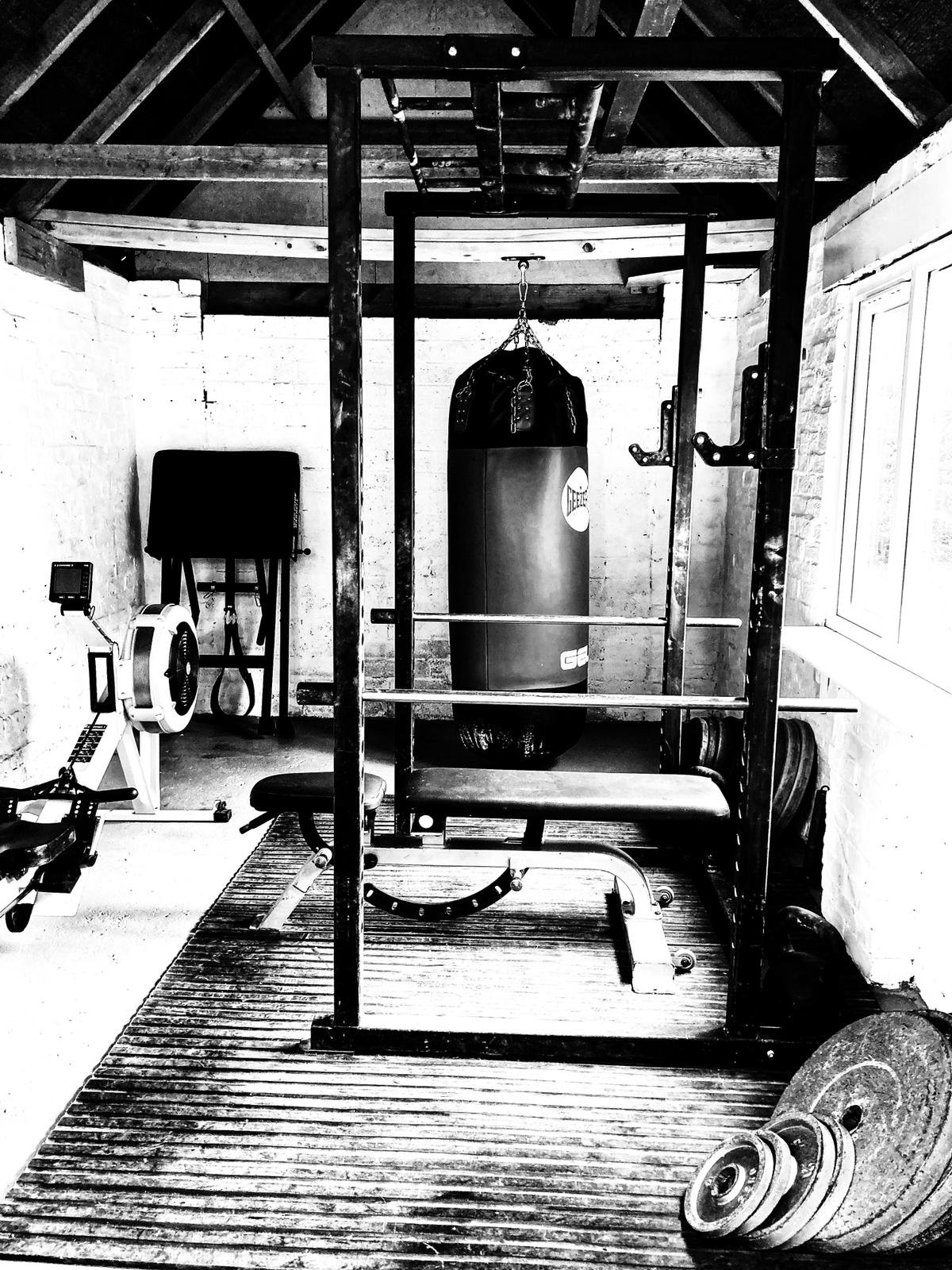
Older people – Weight training helps to reverse age related conditions including loss of bone density and mucle mass. Evidence for this can be found in any one of the medical studies published on this subject. Greater strength therefore keeps you more mobile and independent for longer.
People wanting to improve their appearance - Strength training in combination with proper diet leads to increases in muscle mass and fat loss. Muscle ‘toning’ is simply another word for losing fat and gaining muscle, and strength training is the best way of achieving this.
People wanting to improve their fitness - Strength training alone improves your fitness. If maximal improvements in fitness are desired, then the rest between exercises can be reduced and interval training can be introduced into the routine.
Trainees looking for a safe form of exercise – Unlike many forms of exercise that involve running, jumping, twisting, or other activities that are hard on the joints, weight training using manageable weights with proper form presents a low risk of injury.
Middle aged trainees- In general muscle mass declines 3-8% per decade after the age of 30 (see the following link to a National Library of Medicine on the subject https://www.ncbi.nlm.nih.gov/pmc/articles/PMC2804956/). Strength training can reverse this decline, and depending on the trainee, their age and their individual circumstances, it is reasonable to expect dedicated trainees to achieve a greater level of strength and muscle mass in their 30s and beyond than they had ever enjoyed before.
Trainees looking to increase their muscle mass – Despite the somewhat common belief that bodybuilding training involving isolation exercises is the best means of increasing muscle mass, strength training utilising proper form in compound movements is in fact far more effective. By way of example, for a trainee looking to increase muscle mass in their upper body, far greater results will be achieved by taking their 40kg bench press to 90kg and beyond and working towards strict pullups with or without added weight, as opposed to chasing the pump with an assortment of concentration curls and cable crossovers for high reps.
Trainees looking to lose weight – Strength training increases muscle mass, which in turn increases your body’s basal metabolic rate. This means that your body burns more calories at rest. To the extent that fat loss is to be maximised, aerobic exercise and high intensity interval training on a rowing machine can be added to your strength routine.
Trainees requiring an introduction to the Barbell Lifts - You can train with me for a short period of time while I improve your technique and programming, and then you are perfectly welcome to return to training in your own gym or in another facility.
The previously sedentary – There is no better place to start than with a sensible weight training routine. The exercises can be tailored to your current capabilities, whatever they may be, and progress can be started from there. Strength training need not be unpleasant or overly challenging, particularly to begin with, and it is not something that one has to ‘get in condition for’ before beginning.
Combat sports practitioners- Boxers, Judo players, Wrestlers, Brazilian Jiu- Jitsu practitioners- increased strength improves punching power and speed and allows you to exert more force on an opponent. It also means that an opponent needs to exert more force on you to apply a move or hold, and you need to exert less energy to hold off an opponent. Further, if you are a weight class athlete the number of reps and your diet can be manipulated to ensure that strength is gained without an excessive increase in body weight.
Athletes in other sports- Whether you’re a golfer who wants to improve the distance of your drive, a tennis player who wants to increase the power of your serve, or a runner who wants to improve your times, a greater amount of strength means that you can improve your results in your chosen sport.
Trainees with existing injuries or those returning to physical activity after an injury – Whether you suffer from recurring back pain, knee stiffness, or indeed are returning to physical activity after orthopaedic surgery, strength training can improve your outcome. Stronger, larger muscles provide greater support to injured joints, and therefore can lead to reduced pain. Having received a number of orthopaedic injuries in the past from sporting activities, including a dislocated shoulder and torn cruciate ligament and meniscus (which required an ACL reconstruction), I am convinced that proper strength training was essential to my rehabilitation and eventual return to sporting competition.
Experienced weight trainers looking to perfect their form or requiring advanced programming advice – If you are an experienced trainee who is stuck in a training rut, I will be able to provide technical pointers and programming advice so that you are able to make continued progress on your own in the future.
People wanting to learn a skill- Correct form on lifts like squats, deadlifts, bench presses and overhead presses is a skill that takes time to master. If you persevere and obtain sound technique, you will be able to take it with you anywhere.

